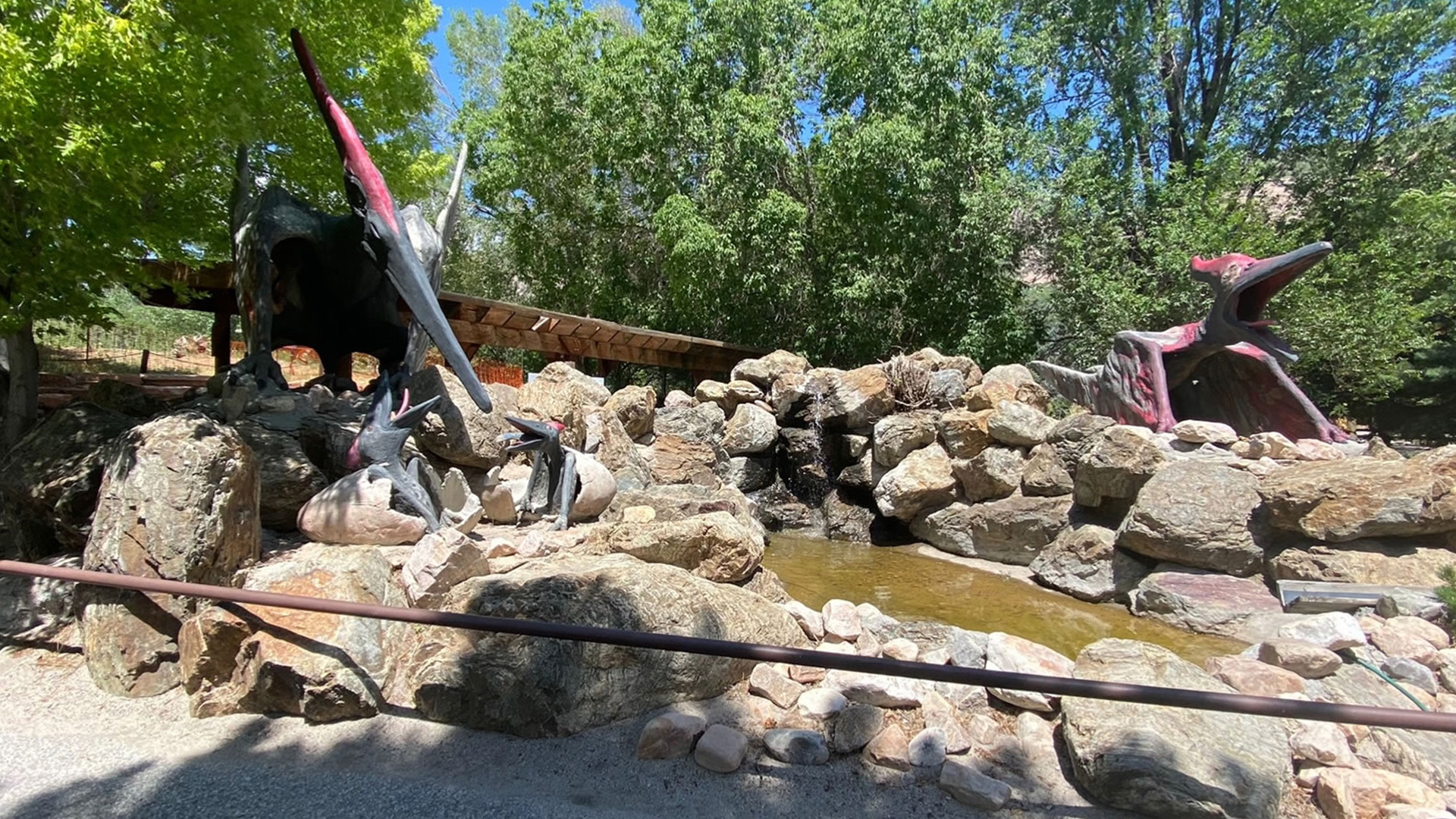

It’s a skeleton, yes, but is it art? Image by J. Cotton.
Google a dinosaur, any dinosaur, and look through the pictures the search engine scrolls up. If you were to trace that image back to the hands that drew it, chances are you’ve found a unique breed of artist, one that walks the hinterlands between two sometimes antagonistic worlds. This is the realm of paleoart. The question is: what have you gotten yourself into?
Sometimes we look at art and science as polar opposites with this enormous gulf between them, and ne’er the twain shall meet. That latter notion couldn’t be farther from the truth. Communication forms an integral part of scientific methodology, and much of that communication cannot happen through words alone. Science needs art. And considering that inspiration must come from the physical world, art needs science. Why, then, do we view art and science as opposites?
In terms of approach, these two disciplines do look at the world in completely different ways. In a way, science and art are opposites, but they’re like the opposite poles of a magnet: they must work together, and when they do, we can accomplish some amazing things. For this reason, the Eccles Dinosaur Park employs art to help visitors understand the science, and why we seek to explain the science behind the art. That might seem like a straightforward process, but because art and science still take such different approaches to exploring our world, creating a synergy between them requires a great deal of work and negotiation between the two.
We could say, then, that paleoart is simply a subgenre of scientific illustration, but the interplay of art with a science that has to logically glean so much from so little creates myriad variations and, unfortunately, misunderstandings. Then factor in other influences, like history and folklore, and you end up with an impressive soup of artistic variety. What might seem like a simple proposition at first offers instead a surprising amount of intellectual depth, regardless of whether you prefer the sciences or the humanities. Now consider how specialization means that paleoartists must collaborate with others, and you could say that paleoart is a community as well. On top of that, recognize that the reactions of people who consume paleoart form a dynamic part of the process as well. Simply a subgenre of scientific illustration? Does that sound at all an adequate explanation anymore?
Defining paleoart indeed proves to be no simple matter, certainly not one for a single blog post. This post therefore kicks off a new feature, which I’m calling Chronoscope. It means to see through time, though I hope no one takes that to mean the vision of paleoart does so perfectly. By its nature, it cannot. That doesn’t make the attempt a worthless endeavor, though. Still, if paleoart produces a limited vision, what are its limits, and what insight does it provide? The Chronoscope feature of this blog will attempt to describe that.
I don’t like to editorialize with this blog, but the subjective nature of art makes that impossible to avoid. To balance out my viewpoint, I’ve invited other paleoartists to add their thoughts as guest bloggers. I can’t promise we’ll all agree, but consensus isn’t the point: this blog feature seeks to offer up insights, not imperatives. Whether you use it to deepen an appreciation for artistic views of the distant past, or whether you build from it to create your own contributions to the genre, I hope you’ll find it useful and satisfying. Now, let’s go exploring!
Subscribe to our newsletter of follow us on the social channels to stay tuned.
© 2023 Dinosaur Park • All Rights Reserved.